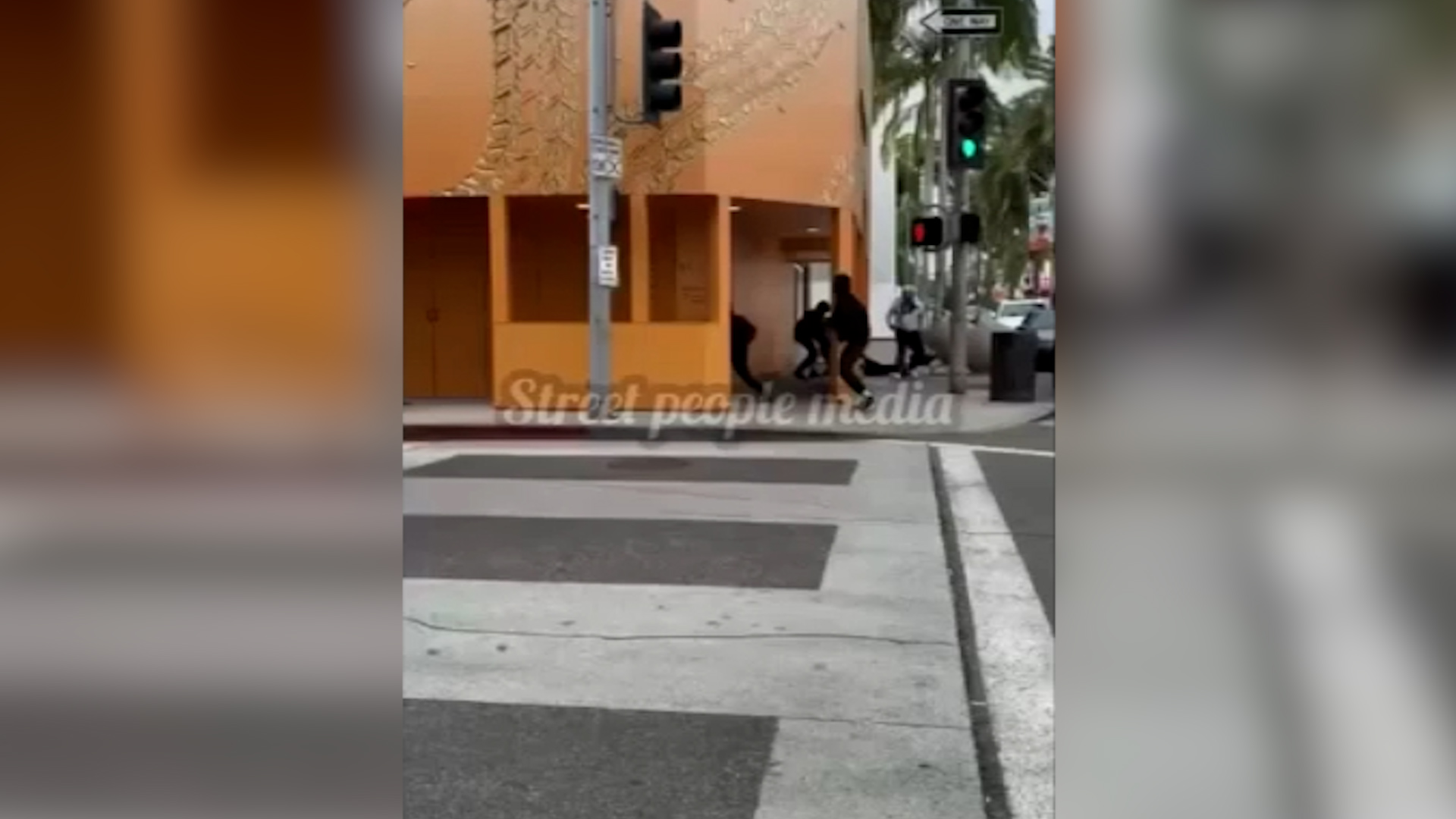Researchers at the U.S. PIRG, a public interest research organization, have released their 26th annual report on toxic toys called "Trouble in Toyland" just in time to warn parents heading out to fill holiday wish lists.
The report includes safety guidelines and provides examples of toys still on store shelves that may pose safety hazards whether from lead exposure, other chemicals or as a choking hazard.
Investigators found two toys with lead levels in excess of 300 parts per million (ppm), above the current standard set by the Consumer Product Safety Improvement Act of 2008. Another toy exceeded a 100 ppm standard that went into effect in August.
Another four toys exceeded the American Academy of Pediatrics recommendation that toys not contain more than 40 parts per million of lead.
Children are more vulnerable to lead exposure than adults, and since last August toys with more than 100 ppm are banned in the United States as hazardous substances. They can neither be imported nor manufactured, but the law allows existing inventories that reach the 300 ppm standard to still be sold.
The U.S. PIRG tested the following toys and found them to violate lead standards:
- "Little Hands Love Book" made by Piggy Toes Press (exceeded the 300ppm standard)
- "Whirly Wheel" (exceeds the 300 ppm standard)
- "Spritz Medals" (exceeded the 100ppm standard)
- "Hello Kitty eyeshadow/keychain" (just meets the 100ppm standard)
Other toys that fail to meet the American Academy of Pediatrics standard include "Tinkerbell Watch," "Peace Sign Bracelet" sold at Family Dollar Stores and "Honda Motorcycle toy."
Local
Get Los Angeles's latest local news on crime, entertainment, weather, schools, COVID, cost of living and more. Here's your go-to source for today's LA news.
Researchers checked on phthalates in toys currently on store shelves because studies have shown exposure to this component of plastics can cause reproductive defects, premature delivery, early onset of puberty and lower sperm counts.
Last August, Congress agreed to ban several forms of phthalates, however, researchers found two toys with levels of the chemical that exceed levels allowed by law.
They include "Funny Glasses" manufactured by Joking Around, and "Sleep Mask" manufactured by "Claire's." They exceed the standard by 42 or 77 times, respectively.
Another area of concern to researchers was choking hazards. Small parts in toys intended for children under the age of 3 remain a major cause of death or injury.
That's because young children tend to put things in their mouths, a situation that Dr. Jeffrey Upperman of Children's Hospital of Los Angeles knows only too well.
"They cause airway injuries and sometimes these kids come in blue; sometimes they come in severely coughing and sometimes their families know something is not right," he said. "We have to use one of our specialists to take a look inside and pull out that small toy."
The report also warned that toys intended for older children should include an explicit choke hazard warning -- many do not. Under the Child Safety Protection Act, all balloons must include a warning about the dangers of un-inflated or broken balloons under the age of 8. Nearly 40 percent of the choking deaths reported to the Consumer Product Safety Commission involved balloons.
Toys with small balls or marbles also have to carry such warnings.
The researchers found a dozen toys still on store shelves that present potential choking hazards to small children.
Austin Price of CalPIRG, the state affiliate of U.S. PIRG, said there is an easy way to check whether a part of a toy is too small.
"An empty toilet paper roll. If a toy fires inside the cylinder, it is too small for children under 3 years of age," he said.
The fourth area of concern in the report dealt with noisy toys. Studies have shown almost 15 percent of children aged 6 to 17 have signs of hearing loss.
Noise standards in toys are intended to protect children from prolonged exposure to sounds that exceed safe levels. That level is generally 85 decibels for hand-held, tabletop, floor and crib toys.
Toys that are held close to the ear should not be louder than 65 decibels.
"If a toy seems too loud for you," the report advised parents, "then it is probably too loud for your child."
It suggested parents put tape over speakers on toys that are too loud or remove the batteries.
The manufacturer of "Little Hands Love" commented on this article that its own actual safety/lead testing lab results show the book meets all U.S. standards.
A spokeswoman wrote that "Our tests were conduicted by Bureau Veritas a major 3rd party testing company approved by major retailers including Target and Walmart."
We contacted CalPIRG for a reply.
Austin Price of CalPIRG wrote us that the research grouop "purchased toys and children's jewelry from major retailers andf dollar stores. We sent these items to STAT Analysis Corporation in Chicago... for testing."
He went on to write the lead-cadmium testing used the EPA method, Inductively Coupled Plasma-Mass Spectrometry, to determine the quantity of toxin in each item.
Follow NBCLA for the latest LA news, events and entertainment: Twitter: @NBCLA // Facebook: NBCLA



